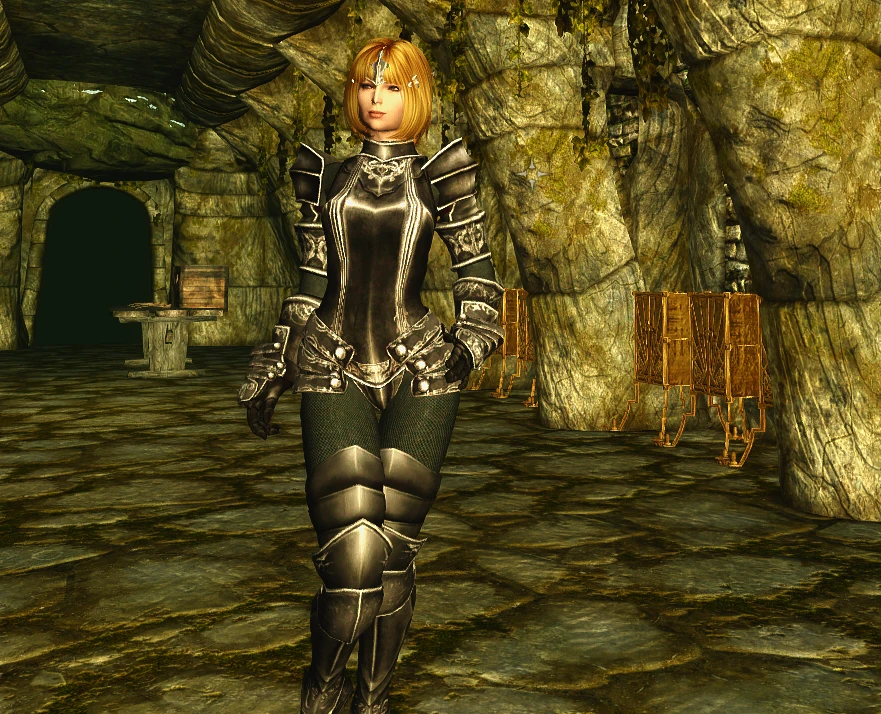

Interestingly in Seraphim, juveniles which have mismarked pigmented feathers in areas that are supposed to be white Piebald still molt completely to white, suggesting that the “controllers” that stop pigment production in the wing-shields and tail are also having an effect on the whole body, head, and neck. Most piebald patterns are difficult to maintain without highly selective breeding and very careful attention to color patterns when pairing birds. The inheritance of the Piebald-ism genes for the body and their patterns of visible expression are poorly understood and may also be a consequence of switches as well as actual genes. Along with the additional recessive red gene and the White-Sides and Tail Whitening “controllers” (or “switches”), it is presumed to be integral to the Seraph Color Gene Complex. The Piebald genetics that make the “Satinette” pattern of a pure white body, head, neck and primary flights with colored wing shields and tail has long been established in Oriental Frills. In the case of Seraphim, the recessive red gene is initially turned to “on” to produce pigment, but then quickly turned to “off” by the White-Sides and Tail-Whitening gene switches to create the absence of pigment in the adult.) Genes direct the manufacture of specific proteins switches are gene controllers, turning genes on or off, making them function or not. As genetic switches they are inherited, but they are not “genes” per se.

Rather, they may be genetic “switches” or gene controllers. (The so-called white-sides and tail whitening “genes” may not be genes at all however. These are “ recessive red” combined with the “white-sides gene” and an as yet undefined “tail-whitening” gene(s). The three additional genes of the Seraph Color Gene Complex are overlaid on the Satinette Piebald color pattern. SATINETTE PIEBALD: The first genetic requirement is the Satinette Piebald pattern of color distribution, a pattern that also includes the Dominant White Flight gene. As for color, the “Seraph Color Gene Complex” – the combination of genes that cause recessive red to appear and disappear – is the key. Let’s start with some basic definitions and descriptions of what we know at this point – based upon the known history of the breed and breeding experiments – of the crucial genetic components that make Seraphim distinct from other breeds. So, what is it that makes Seraphim so special genetically, this “thing” that causes them to transform from a red Satinette color pattern to a pigment free, pure dazzling white? And how does this differ from the white of other pigeons in pattern of inheritance? And what else is going on genetically in Seraphim that makes these Fancy Pigeons different than their breed of origin, the Classic Oriental Frill?


 0 kommentar(er)
0 kommentar(er)
